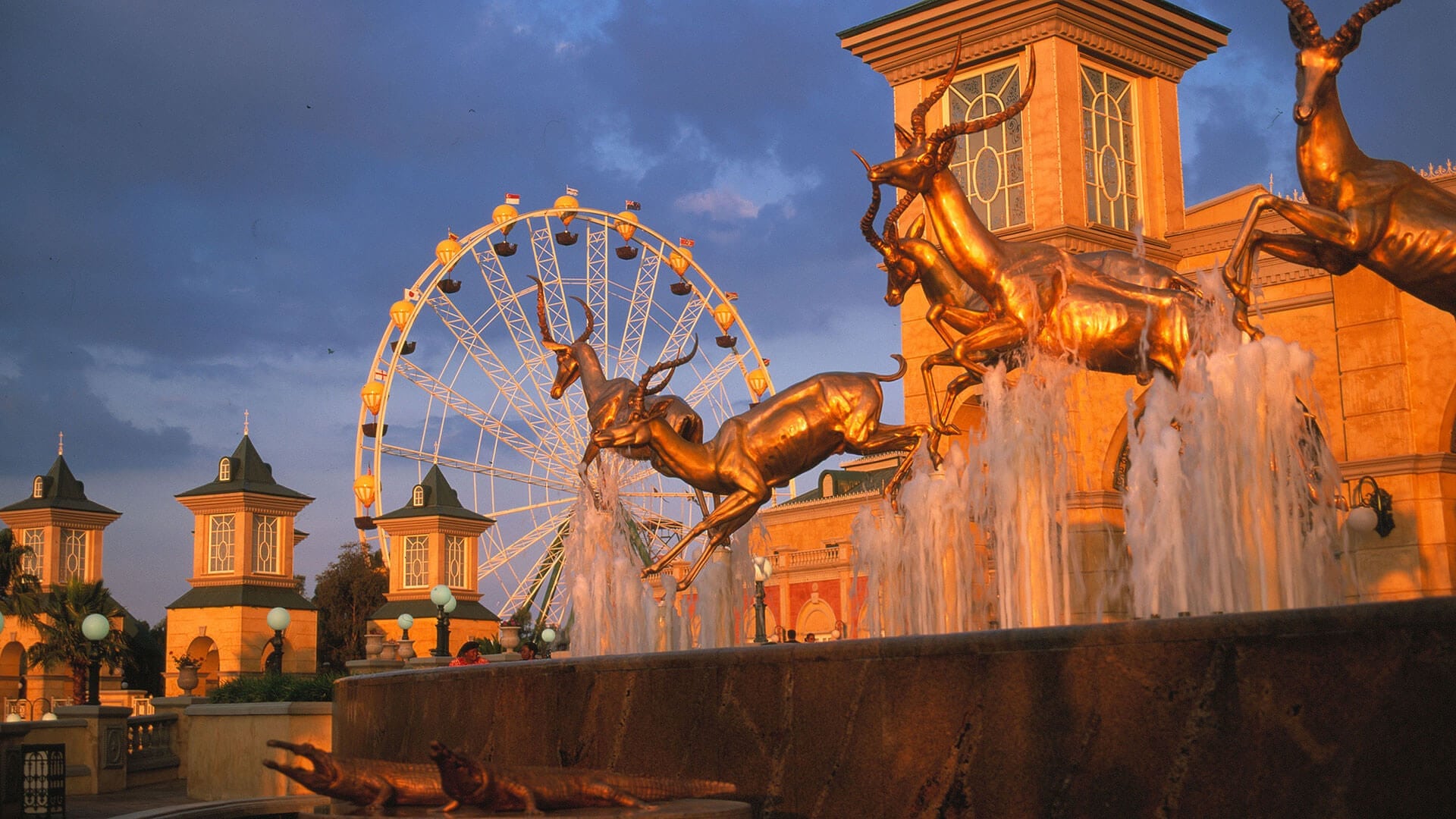Some Known Details About Johannesburg North Attractions
Some Known Details About Johannesburg North Attractions
Blog Article
Not known Incorrect Statements About Johannesburg North Attractions
Table of ContentsJohannesburg North Attractions Fundamentals Explained10 Simple Techniques For Johannesburg North AttractionsJohannesburg North Attractions Fundamentals ExplainedTop Guidelines Of Johannesburg North AttractionsThe Only Guide to Johannesburg North AttractionsJohannesburg North Attractions Can Be Fun For Anyone
The city grew on the edge of the Witwatersrand Key Reef, a below ground stratum of gold-bearing quartz-silica corporation that arcs for hundreds of miles underneath the Highveld - Johannesburg North attractions. Many of the gold mines in the city stopped operation in the 1970s, yet in its day the Witwatersrand gold market accounted for even more than 40 percent of the globe's yearly gold production.Johannesburg has a warm climate. The city appreciates regarding eight hours of sunshine per day in both winter and summertime.
What rainfall the city receives falls nearly solely in the summertime, commonly in stunning late-afternoon electrical tornados. Air contamination presents a substantial problem, specifically in the winter season, when thermal inversions hamper the westward flow of air from the Indian Ocean. Air pollution is most serious in the largely settled Black towns on the city's periphery, where many locals still rely upon coal for fuel.

Unknown Facts About Johannesburg North Attractions
The equilibrium of the city is inhabited by whites. Lodging differs in character and top quality.
Physical development, although rather restricted by transportation, proceeded swiftly as immigration to South Africa, and Johannesburg specifically, boosted considerably. This trouble was resolved in the 1930s when the auto was introduced in mass production to South Africa. Automobiles were, generally, constrained to the well-off, and permitted them to relocate to the north of the city and commute into the centre.
Most bad suburbs were blended, with bad blacks and whites living together, although the affluent residential areas were usually booked for whites.
The number of people living in the internal city on a casual basis is unidentified, as several are unlawful immigrants. The unemployment, education, and age accounts of the location are all unidentified, due to the difficulty of obtaining reputable info about the area.
Get This Report on Johannesburg North Attractions
Centred on the CBD, the area includes the residential areas of Yeoville, Bellevue, Troyeville, Jeppestown, and Berea to the east. To the west it spreads out to Pageview (Johannesburg North attractions) and Fordsburg. There are little industrial locations to the south, such as City West-Denver and Benrose. Around 800,000 commuters pass via the internal city daily, and it operates as a regional buying node for Continued visitors from the southern suburban areas. Yeoville and Bellevue have a mix of apartment structures and single domestic units on small lots. The region is located on a mountainous divide that runs from eastern to west.

Johannesburg Stadium, a training school for both the Golden Lions and Orlando Pirates, is nearby. The eastern residential areas of Johannesburg lie in the city's 7th [] and 9th [] regions. The area is additionally functionally integrated with East Rand border communities outside of the main boundary of Johannesburg, such as Bedfordview and Edenvale (both component of Ekurhuleni Metropolitan Town).
What Does Johannesburg North Attractions Do?
The eastern suburbs are some of the earliest locations of Johannesburg, there are big communities of Jewish and various other European histories, the majority of the population is English speaking. There are three golf courses as well as a number of safeguarded ridges with viewsites.
The area is primarily composed of old "matchbox" residences, or four-room residences constructed by the federal government, that were developed to give inexpensive accommodation for black workers during discrimination. Soweto is an acronym, meaning "South Western Townships". Street after street around is lined with matchboxes; nonetheless, there are a few smaller areas where prosperous Sowetans have developed homes that are extra see here now similar in stature with those in more upscale residential areas.
Hostels are another famous physical function of Soweto. Originally built to house male migrant workers, several have been enhanced as dwellings for couples and family members. The N1 Western Bypass skirts the eastern boundary of Soweto. The suburb was not traditionally allowed to develop employment centres within the location, so nearly all of its citizens are travelers to other components of the city.
The Basic Principles Of Johannesburg North Attractions
The N1 Western Bypass links the northern residential areas with the north-western residential areas. The houses in the northern suburbs are generally official, without substantial locations of casual real estate, or real estate that does not have a permanent framework. This is a click site well established location, there is a trend of land usage change from domestic to industrial, specifically along primary arterial roadways and around well established nodes.
The area is well linked to roadway networks, particularly along the north-south axis created by the M1 and N1. Roadways to the east and west are much less well created, as there are no highways taking a trip in that direction. In the direction of the northern border of the city, the density of development reduces, leaving large areas of undeveloped land around Midrand.
The Buzz on Johannesburg North Attractions
, which is located on a hillside forgeting the internal city and Hillbrow.
Report this page